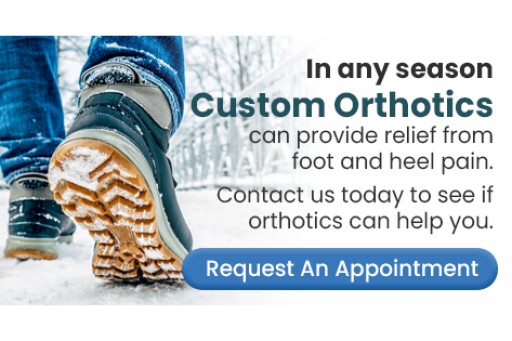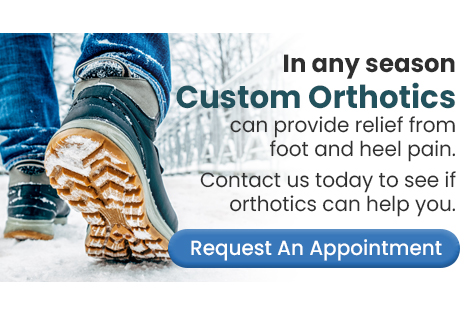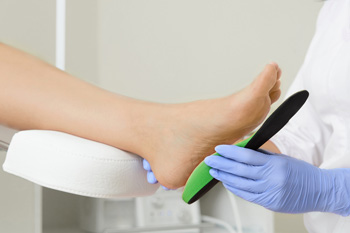 Custom orthotics can be highly effective in alleviating high arch pain by providing tailored support and cushioning that address the unique needs of individuals with this condition. High arches, or cavus feet, can lead to uneven weight distribution, excessive pressure on the heels and balls of the feet, and a lack of natural shock absorption. These issues often result in pain and discomfort while walking or standing. Custom orthotics are designed to fill the gaps under the arch, offering better support and redistributing pressure more evenly across the foot. This helps reduce strain on specific areas and improves overall foot alignment. Additionally, the cushioning provided by custom orthotics can enhance shock absorption, reducing impact and further relieving pain. By improving foot mechanics and offering targeted support, custom orthotics can significantly enhance comfort and mobility for individuals with high arches. If you are suffering from high arch pain, it is suggested that you consult a podiatrist for a thorough assessment and custom orthotic fitting.
Custom orthotics can be highly effective in alleviating high arch pain by providing tailored support and cushioning that address the unique needs of individuals with this condition. High arches, or cavus feet, can lead to uneven weight distribution, excessive pressure on the heels and balls of the feet, and a lack of natural shock absorption. These issues often result in pain and discomfort while walking or standing. Custom orthotics are designed to fill the gaps under the arch, offering better support and redistributing pressure more evenly across the foot. This helps reduce strain on specific areas and improves overall foot alignment. Additionally, the cushioning provided by custom orthotics can enhance shock absorption, reducing impact and further relieving pain. By improving foot mechanics and offering targeted support, custom orthotics can significantly enhance comfort and mobility for individuals with high arches. If you are suffering from high arch pain, it is suggested that you consult a podiatrist for a thorough assessment and custom orthotic fitting.
Experience a transformative solution to heel pain and foot pain through the personalized benefits of custom orthotics and shoe inserts. If you’re grappling with the persistent agony of plantar fasciitis, these customized inserts are designed to alleviate the strain on the plantar fascia, providing targeted relief. Engineered to adapt to your unique foot anatomy, custom orthotics tackle not only plantar fasciitis but also general foot and heel pain, offering unparalleled support and comfort. Don’t let every step be a reminder of discomfort; step into a world of tailored well-being. Say farewell to the limitations imposed by heel pain and embrace the freedom of pain-free mobility. Invest in your foot health and redefine your daily stride with the transformative power of custom orthotics and shoe inserts, ensuring each step is a step towards lasting comfort.
If you have any questions please contact our offices located in Punta Gorda and Port Charlotte, FL . We offer the newest diagnostic and treatment technologies for all your foot and ankle needs.
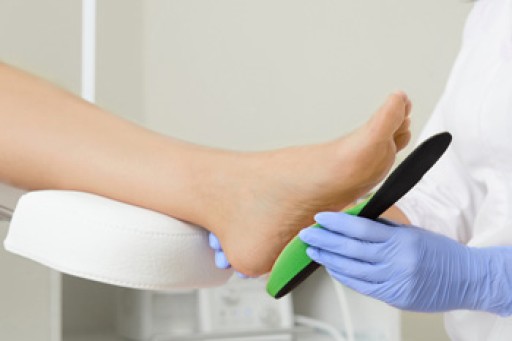
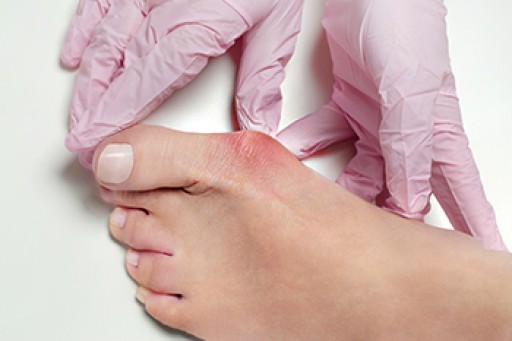
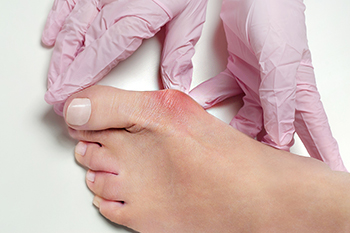 Hallux rigidus
Hallux rigidus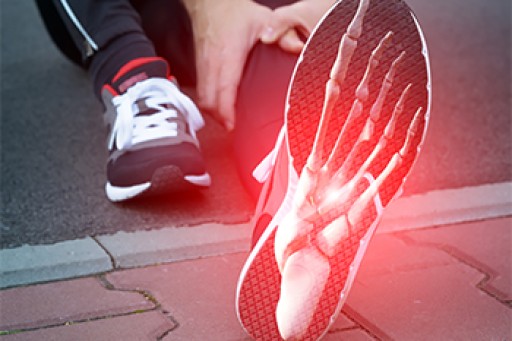
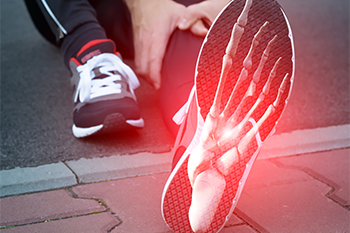
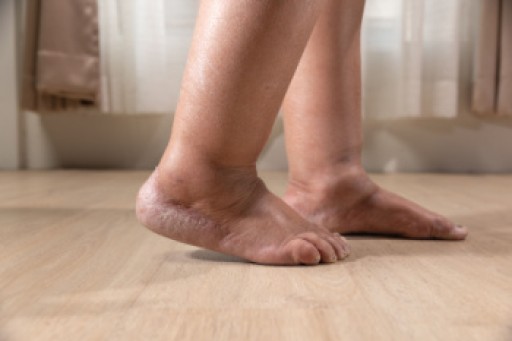
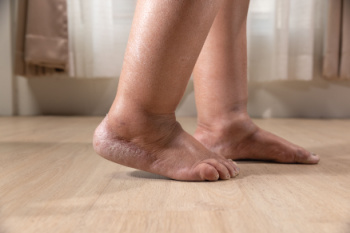 Swollen feet
Swollen feet 